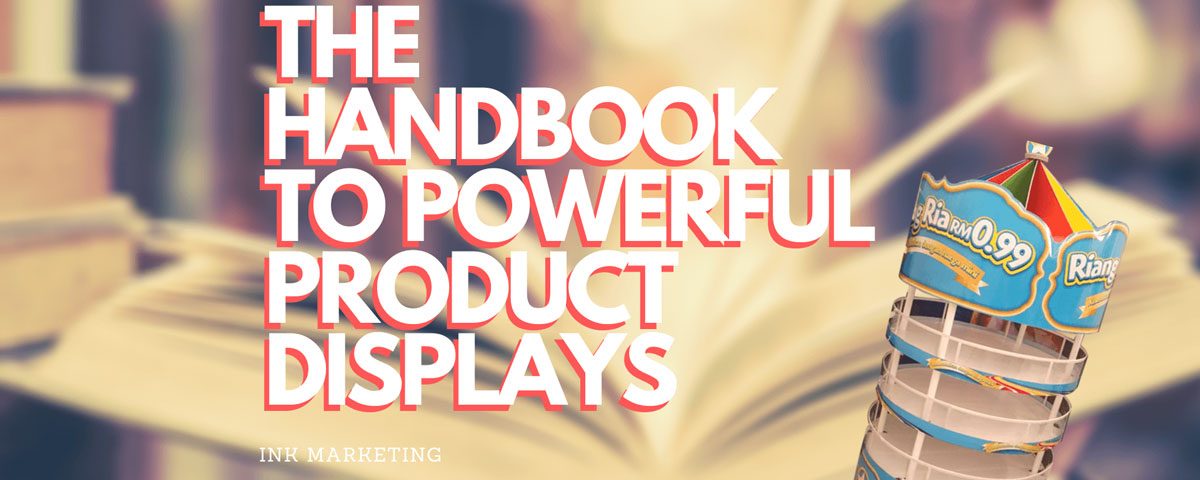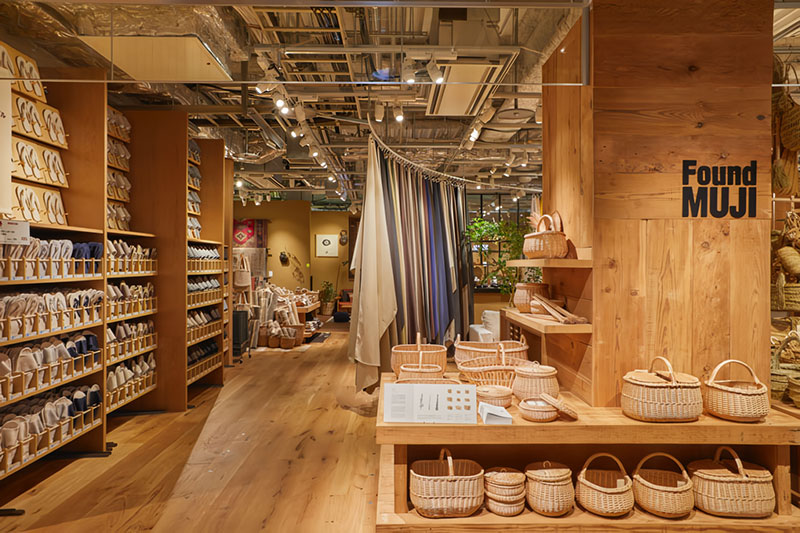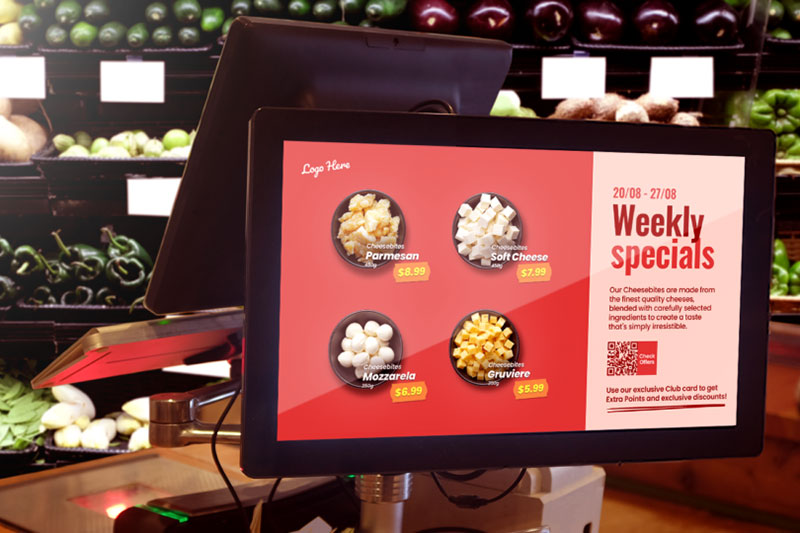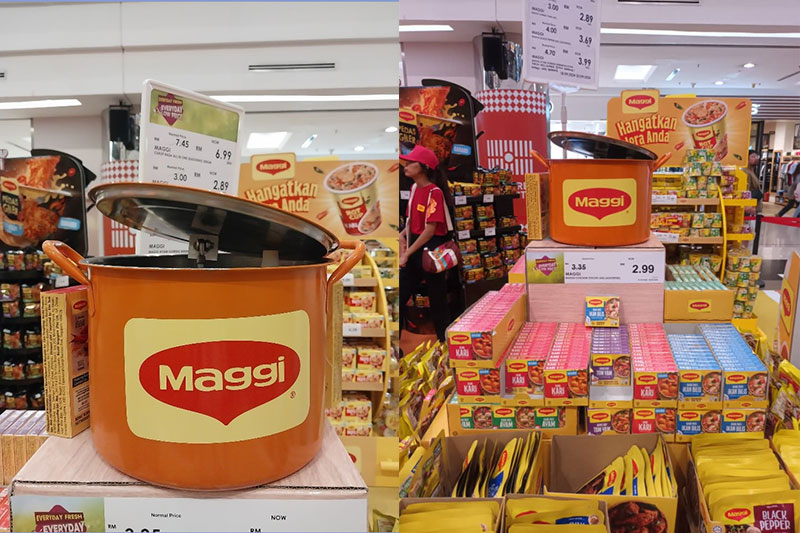
The Handbook of Powerful Product Displays
Product displays are also known as Point of Purchase Displays or Point of Sales Displays. These cover a wide variety of different types, shapes, and uses. Examples of Product Displays include Standees, Block Displays, Shelf Frames, Shelf Talkers, etc. With so many choices and materials, how does one decide which is the best fit for the budget?
Fret not, as this “handbook” will be a guide to Product Displays. It’ll guide you with tips and things to consider when deciding on the right displays. With the right strategy, capturing your customers’ attention at the point of purchase will not be a challenge anymore!
Before you begin on any project, it’s important to ask yourself some basic questions. Think of it as a checklist to decide on the right point of purchase display.
Questions to Consider

“What is our brand’s objective?”
Setting the right direction and knowing the aim of your cause is the first step when deciding on product displays.
Imagine this scenario, you’re launching a new product into the market, you want more awareness. The audience or your customers are not familiar with your logo and brand’s personality. Do you pick a standard, run of the mill standee? If you had the budget, definitely not! You want to be seen, your standee has to stand out, be it in shape or texture of the material. It has to look different from the existing point of sale standees in the market. Your brand is making a statement to the shoppers, your grand arrival into the marketplace.
On the other hand, bigger household brands have the luxury to opt for a more standard standee option to save costs. Maybe your goal is to distribute your products to a multitude of nationwide stores. By choosing the standard and more affordable option, you can keep within your budget set while achieving a wider coverage of outlets.
“Who are our customers?”
This is Marketing 101, knowing your target audience. Unless you’re supplying water and oxygen, everyone has their preferences and unique behaviors. Brands need to know who they are targeting before deciding on product displays.
Sure, you can choose to target everyone but you might risk being too general and not appealing to any specific group. While you can have multiple campaigns to cater to several different target markets, you might also confuse customers or burn through your manpower and resources.
If your customer shops at a high-end grocer, it might be wise to invest slightly more into your product displays, using quality materials that fit the ambience of the store and the customer’s personality. The choice of acrylic, PVC, and even metal for your standees will give off a different impression to your customers.
Similarly, targeting customers in convenience stores, over-investment in product displays might not result in a reasonable ROI (return on investment).
“How long will I be using my product display?”
The initial reaction to that would be as long as possible. Of course, we want to get our money’s worth. We want an indestructible standee and everlasting block display.
In reality, product displays are made of earthly materials, whether plastic or cardboard, most good things will come to an end. It is important to discuss with your team on the length of your campaign. Depending on the duration, product displays will be made differently.
Temporary displays which usually 1-6 months consist of mostly corrugated materials aka cardboard and paper. Semi-permanent displays lasting from 6-12 months are commonly from materials such as PVC and acrylic. Permanent displays would be displays made from Metal or Wood, these displays can last years if taken care of properly.
The average duration depends on the condition of the outlet, a high traffic outlet may cause the display to deteriorate in lesser than expected time. However, when taken care of properly, some product displays will far exceed the expected duration. We’ve had customers who’ve had semi-permanent displays last 3-4 years, while slightly worn out, it’s still in good shape.
The Power of Below-the-Line Marketing
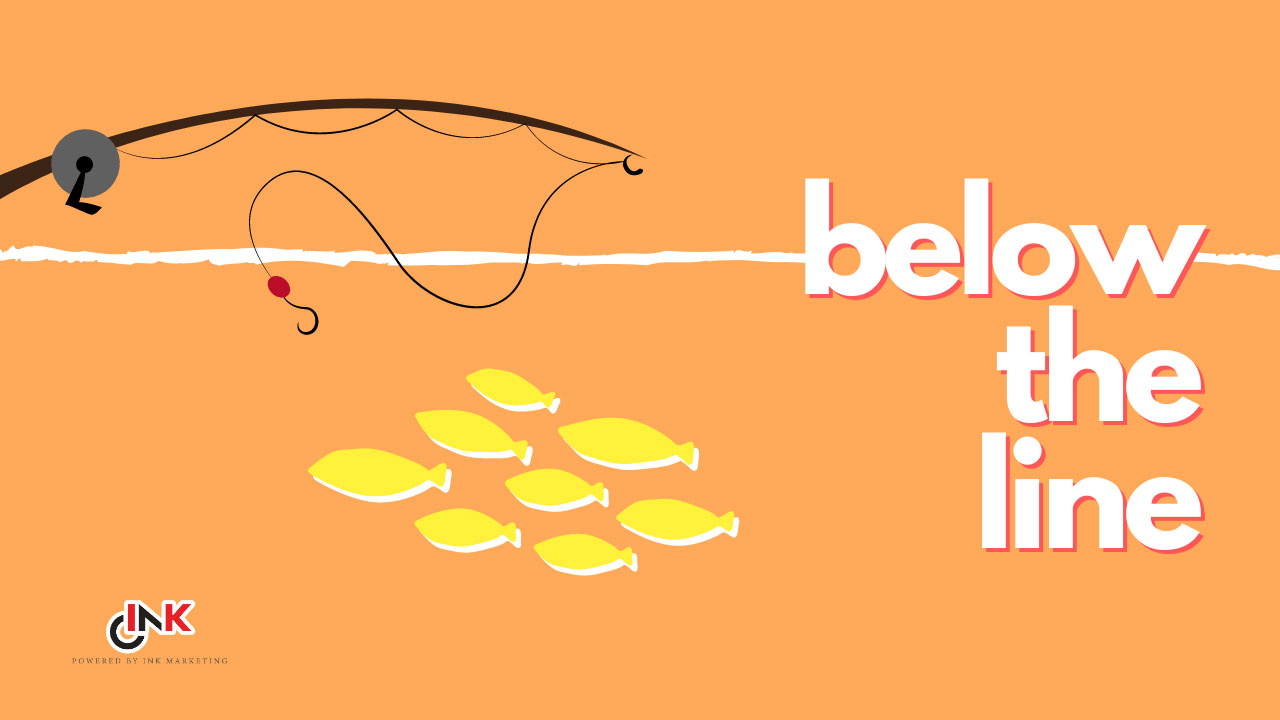
To effectively employ point of sales display, marketers have to understand the fundamentals of the trade.
Cashless society, internet friends, and online food ordering, the world is moving many steps closer to the digital revolution. But as long as people are stepping outside, there will always be shopping outlets and grocery stores, offline marketing will always have a place. Below-the-line marketing is the point in which the brand can make direct contact with the customer, right in their presence. For the sake of this article, we’ll speak about below-the-line marketing concerning in-store activities and promotions.
“Seeing is Believing”
In essence, below-the-line marketing is the closest point to the customers, where there is direct communication with the customers. Brands can better understand their customers buying behaviors and patterns. By implementing an effective below-the-line marketing strategy, customers have an increased likelihood of brand loyalty. It’s not just what you say on TV and the internet that counts, but also what they experience when they purchase in-store.
Some Points to Consider for Point of Purchase Displays>
Consistency in Brand Message
What sets big brands apart is their meticulous commitment to brand consistency throughout all campaigns and channels. To the regular joe, colors and message spread across channels may not seem like the biggest deal, so long as the product sells. However, through our experience in the field, we’ve found that brand consistency is something that all big brands adhere to.
One way you can maintain consistency throughout all channels is to have all marketing team members involved when establishing your brand message. Other ways include the distribution of brand guides to all members of the team, similar to a Standard Operating Procedure.
However, with every product display, there has to be a person-in-charge that takes on the responsibility to do the final “visual proofread”. Whether it’s a wobbler, shelf talker, lighted signage or gondola end dress up, keeping your brand consistent throughout is key.
Managing your Budget
No money, no talk. You can have the wildest, craziest ideas but if you don’t have the budget to execute, you’ll have to ground yourself. Understand the importance of various campaigns, your purpose for each point of sale display, and proportion your budget accordingly.
There is no shame in dialing down on your product displays if that means you can target a wider audience. Overspending on a narrow target is a real problem. It’s similar to how we manage our personal finances. Without proportioning your budget at the start of each month, you might risk overspending in certain less important areas.
While you might have to spend lesser on certain product displays, always speak to a POSM Specialist about achieving the best outcome with the resources you’re given. Having your suppliers understand your situation can aid them in providing you with the best solutions.
Build Brand Credibility
The message on your product display can do a lot for your brand, attracting and converting shoppers into customers. All that is short term gains. For customers to stay loyal and repurchase they have to be satisfied with their product experience.
Try not to oversell your brand when deciding on your promotional message on your product displays. Whether a standee or a wobbler, from the materials, structure, visual, and message, shoppers will form an expectation of your brand. Keep the expectation of your brand in-line with the experience of your product.

